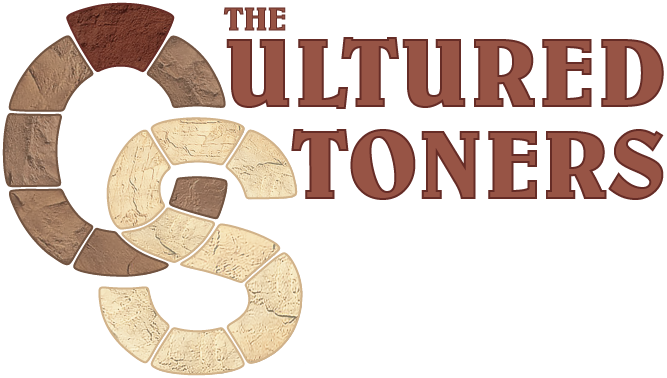In this blog I will be discussing the options available to the home owner for grouting their stone veneer project: dry stack vs mortar joints. Let’s begin by explaining the difference between the dry stack vs mortar joints look. Firstly, a dry stack look is just that; dry. The stone appears to be laid without any grout at all. The image below is an example of a stone veneer laid in the dry stack technique.
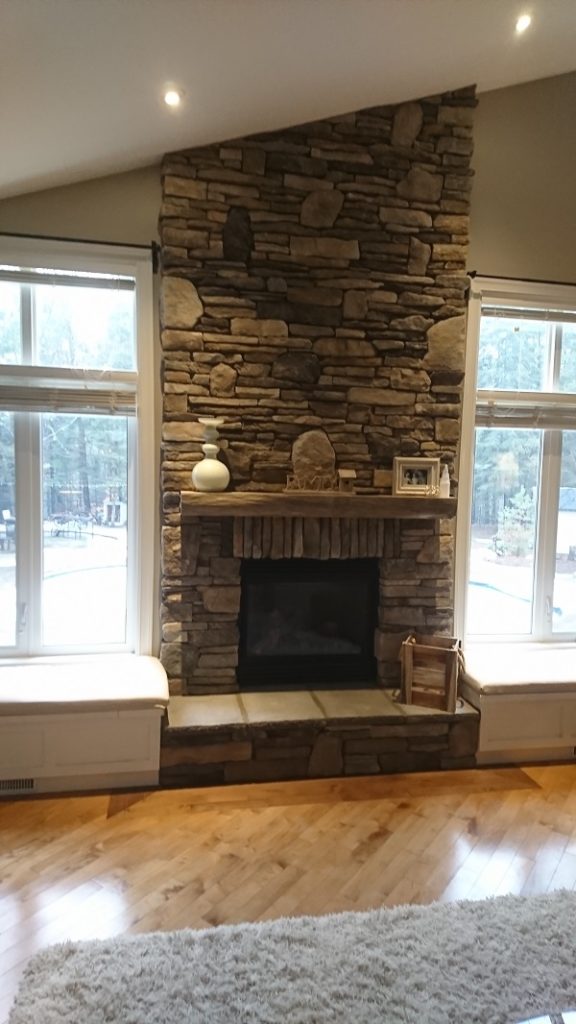
The image to the left shows a stone veneer fireplace laid in the dry stack technique. The stone is a blend of southern ledge and field stone. In this case the stone veneer is from Boral.
Dry stacking stone replicates the look of stone taken from the field and piled one atop another. Done correctly, it adds a beautiful rustic look to any stone project. As small gaps between stones naturally occur, thicker stone profiles camouflage the underlying scratch coat. When using thinner stone profiles you either need to add small amounts of mortar or do a great deal of cutting adding to higher labour cost.
I always recommend manufacturers like Boral or Eldorado Stone for the best dry stack look as they tend to have thicker profiles. These thicker profiles create shadowing between the joints hiding the scratch coat better. The images below illustrate this.
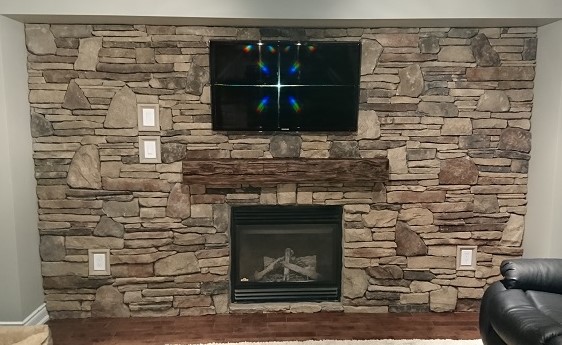
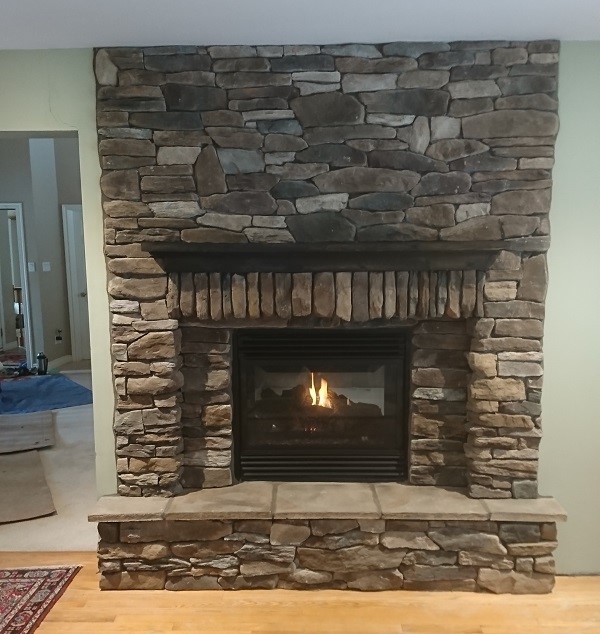
The two images above both feature a dry stacked pattern. The first, featuring Boral stone in a 80/20 Southern Ledge Stone/Field Stone blend, containing longer stones which fit together with limited cutting. While the second image, still nicely dry stacked, required much more cutting to fit so precisely. It also creates a much more rustic look which can be appealing. Some people also like the modern look of profit stone, also laid in a dry stack pattern. To see and example of this stone visit our blog on profit stone veneer here.
Now let’s look at the non dry stack or mortar joint option. There are many benefits to using a mortar joint. Firstly, you can create different looks by the spacing of the joints. Wider joints create an old world feel while tighter joints can create both old world and a contemporary look and feel. Secondly, you can change the look by the quantity of mortar used. Deeply struck joints outline the stones while a more flush mortar softens the look. This is illustrated in the images below.
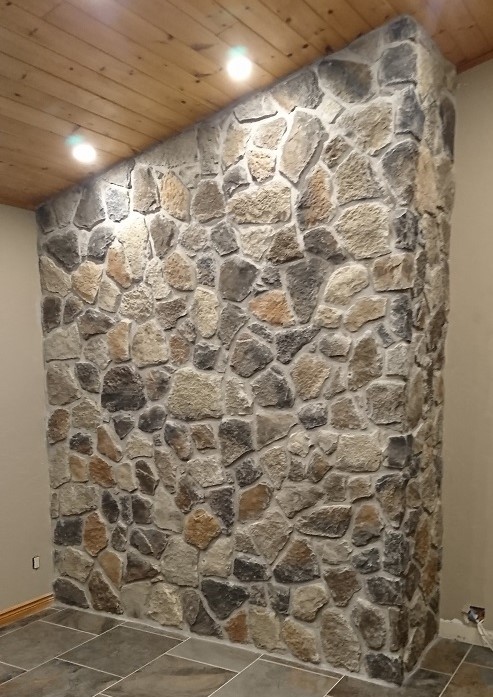
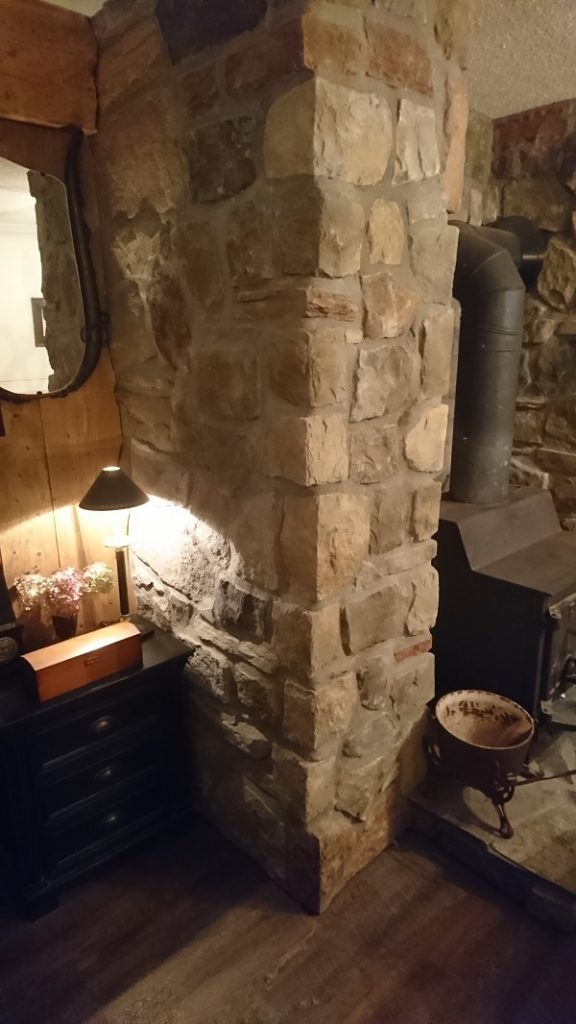
When doing stone on the exterior where it will be more exposed to the elements and the freeze/thaw cycle, I recommend some mortar in the joints. Keeping insects and water out of the joints means years of maintenance free enjoyment of your exterior stone veneers.
Finally, the decision to install veneer in a dry stack or mortar joint style is always a personal choice as both styles will enhance the look of any renovation project. We at the Cultured Stoners and Design would love to assist you in planning your next stone veneer project. Call 705 794-6759 or email [email protected] for a free no obligation estimate.
